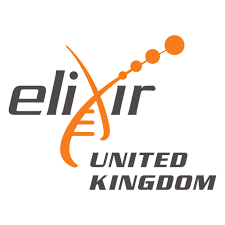3.5.1.- Histone deacetylases (HDACs) C
Unless otherwise stated all data on this page refer to the human proteins. Gene information is provided for human (Hs), mouse (Mm) and rat (Rn).
Overview
« Hide
More detailed introduction 
Histone deacetylases act as erasers of epigenetic acetylation marks on lysine residues in histones. Removal of the acetyl groups facilitates tighter packing of chromatin (heterochromatin formation) leading to transcriptional repression.
The histone deacetylase family has been classified in to five subfamilies based on phylogenetic comparison with yeast homologues:
Class I contains HDACs 1, 2, 3 and 8
Class IIa contains HDACs 4, 5, 7 and 9
Class IIb contains HDACs 6 and 10
Class III contains the sirtuins (SIRT1-7)
Class IV contains only HDAC11.
Classes I, II and IV use Zn+ as a co-factor, whereas catalysis by Class III enzymes requires NAD+ as a co-factor, and members of this subfamily have ADP-ribosylase activity in addition to protein deacetylase function [23].
HDACs have more general protein deacetylase activity, being able to deacetylate lysine residues in non-histone proteins [3] such as microtubules [10], the hsp90 chaperone [13] and the tumour suppressor p53 [16].
Dysregulated HDAC activity has been identified in cancer cells and tumour tissues [14,21], making HDACs attractive molecular targets in the search for novel mechanisms to treat cancer [27]. Several small molecule HDAC inhibitors are already approved for clinical use: romidepsin, belinostat, vorinostat, panobinostat, belinostat, valproic acid and tucidinostat. HDACs and HDAC inhibitors currently in development as potential anti-cancer therapeutics are reviewed by Simó-Riudalbas and Esteller (2015) [24].
Enzymes
2713Targets of relevance to immunopharmacology are highlighted in blue
Further reading
How to cite this family page
Database page citation:
3.5.1.- Histone deacetylases (HDACs). Accessed on 10/11/2024. IUPHAR/BPS Guide to PHARMACOLOGY, http://www.guidetopharmacology.org/GRAC/FamilyDisplayForward?familyId=848.
Concise Guide to PHARMACOLOGY citation:
Alexander SPH, Fabbro D, Kelly E, Mathie AA, Peters JA, Veale EL, Armstrong JF, Faccenda E, Harding SD, Davies JA et al. (2023) The Concise Guide to PHARMACOLOGY 2023/24: Enzymes. Br J Pharmacol. 180 Suppl 2:S289-373.







